To relax, to sit still, to breathe in the scent of freshly chopped olives, to recognize the sweetness of tender and quiet moments, and to let it be is often far more difficult, and more rare, than colluding in the conspiracies of one’s mind.
The mind is an open battlefield; a vast space of restlessness and violent rampages, where a chain of thought can be easily broken, a fragment of a dream can get ruined, and a constellation of memories can drift into an endless void.
For Shadan Nassar, founder and CEO of Shadana Yoga — the first yoga and wellness platform in the Arabic language — the mind can also be a space for radically coming to terms with one’s own power to heal, even if external environments and circumstances do not plant the seeds for it.
Growing up in Palestine, Nassar had always carried a deep yearning for inner peace and tranquility.
It was only after she traveled to Southeast Asia to attend a wellness retreat where she was able to dive into the waters of serenity. With the certitude of a true believer in the power of meditation and yoga, Nassar launched Shadana Yoga in 2017 to not only share holistic wellness tools with her community, but also to create more localized wellness programs that are more tailored and can accurately address the deeper traumas that Palestinians go through.
“I don’t want to claim that I have made a huge difference, because I realized that the issue is a lot bigger than me. It’s a lot bigger than all of us,” Nassar tells Egyptian Streets.
The curiosity to learn, to understand, and to imagine the impact of meditation, yoga and mindfulness on war-torn societies is what drove her to launch the platform.
“But there is a thought that has always stuck around, which is that an occupier can occupy your land, but cannot occupy your mind,” Nassar adds.
“I wanted to imagine what would happen if we choose to be internally free. When we are internally free, we can unlock so much of our potential to influence our external environments.”
Inner peace in war-torn societies
In a conflict-shattered society, it can be easy to put more focus on larger, wider and more collective efforts of peace-building and post-conflict reconstruction. Under this grand umbrella, the smaller yet deeper impacts of individual healing may often be overlooked.
Simone Datzberger, a political scientist, argues that individual trauma recovery is still largely ignored in a majority of research on post-conflict reconstruction, and for that reason, it remains a question as to whether individual healing methods — such as yoga, mindfulness and meditation — can in fact have any impact on conflict-ridden societies.
“We are precisely at the juncture where current efforts to build peace and foster development have not kept up with developments in neurological science,” Datzberger writes.
In his 1996 book Peace by Peaceful Means, Norwegian sociologist Johan Vincent Galtung argues that achieving inner peace individually can in fact influence the capacities of that individual to change their environment and bring outer peace as well.
However, it is not just the lack of research that is preventing these methods to become more mainstream, but also the lack of accessibility and understanding by other communities and countries. Most yoga practitioners and teachers are more likely to be white, female, young and educated, Datzberger says, yet this can be countered by locally driven markets that incorporate local and cultural mechanisms within mainstream wellness techniques.
To nurture this local market, Nassar first launched a YouTube channel because she noticed that there was not a lot of Arabic content online on yoga and meditation.
“The whole point of the YouTube channel at the time was to make yoga more accessible to the entire Middle Eastern region. I just wanted anybody who speaks Arabic to be able to practice it,” she explains.
Gradually, her ambitions to expand accessibility evolved to more than just videos on a screen, but also teaching on-ground in refugee camps in Palestine, where people deal with higher levels of intensity and conflict. The goal was not just to make wellness more accessible linguistically, but also culturally.
Inside a Shadana Yoga classroom
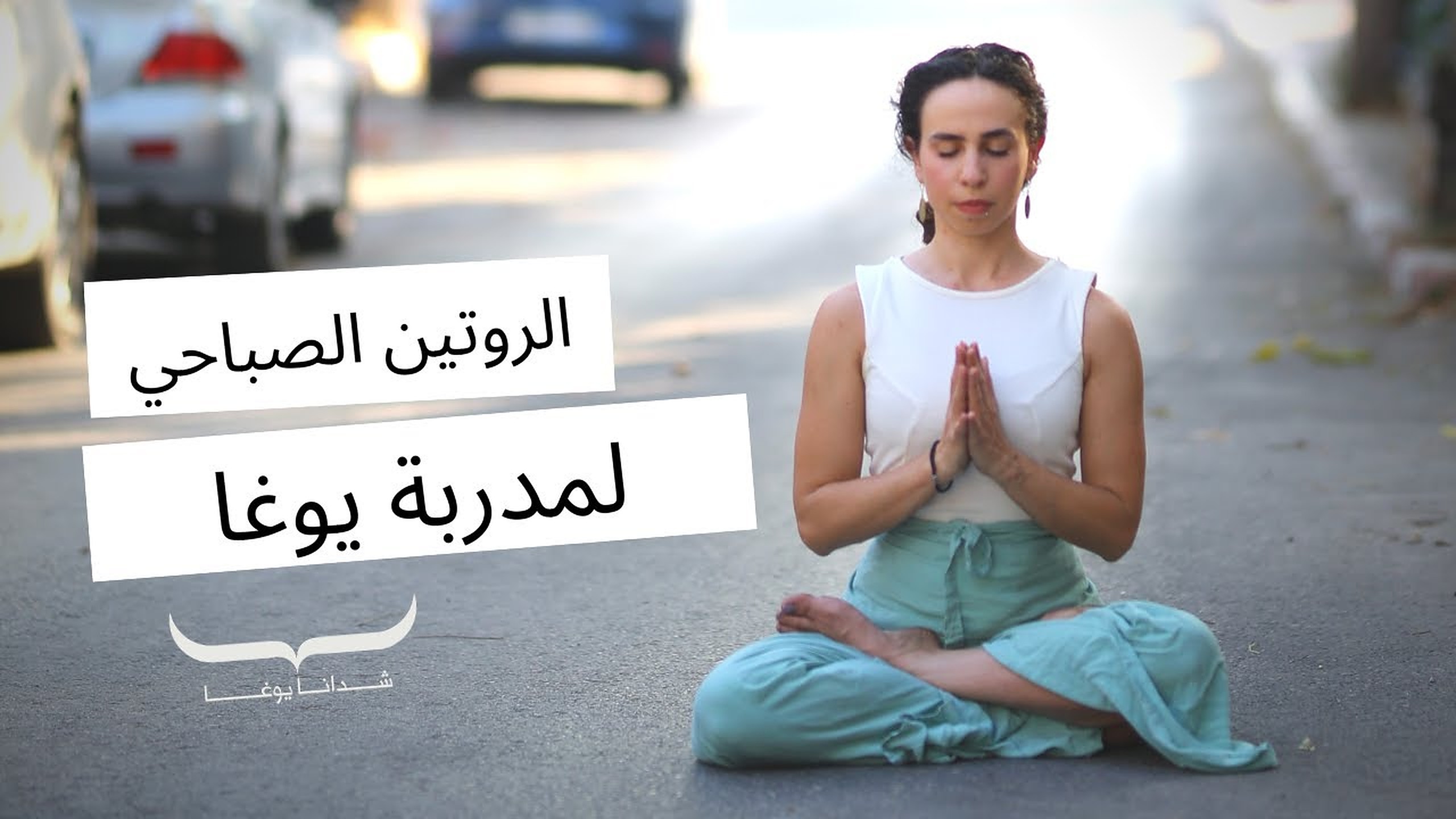
Specializing in trauma healing and yoga therapy, Nassar knew very early on that teaching yoga and meditation for people coping with intense traumas would be vastly different.
“At the very beginning, it was very hard. I noticed that with people with higher levels of trauma, asking them to sit down in silence or in stillness right away is not possible,” Nassar explains. “Instead, we always did a little bit of dancing and shaking, and then just right after that we would just sit down and do a few breathing exercises and observation to notice what’s going on around us.”
The yoga classes are usually louder and more conversational than the norm, which is something that Nasser initially resisted.
“I realized that this is people’s way of feeling safe. There’s still a lot of fear of silence. Sometimes a joke would come up and we would all laugh, or a random topic would come up and everyone would start talking about it in the class. So, the classes were always a little bit funnier and chattier than usual.”
Teaching her participants to simply observe their surroundings was very powerful, Nassar says.
“It is one of the most important tools to rebalance the nervous system and come out of the sympathetic nervous system into the parasympathetic nervous system. So although minor, it’s actually very good.”
The sympathetic nervous system triggers the fight-or-flight response, while the parasympathetic nervous system brings the body back to a state of calm.
“We would always talk and chat a little bit at the beginning and I would choose what to do based on what they’ve been going through,” she says. “I’m trained in yoga therapy, so the classes can vary, whether it is targeting specific parts of the body that need healing, or working more with the mind and calming down the nervous system.”
Towards the end, Nassar would incorporate hands-on relaxation, such as hands-on adjustments and massage techniques in order to enhance the calming effects on the parasympathetic nervous system.
For her, this is the most important part of her class. “This is where we get to relax, release negative emotions and balance the nervous system,” she says. “And then right after that, we all sit in a circle and share stories, and this is where all the challenges come up. I was able to learn that it’s not just post-traumatic that we’re dealing with, but it’s also struggles and issues that are happening every single day.”
Feeling ‘Safer’
Working with mostly mothers and young women, Nassar’s classes have also been more than just about wellness and healing, but also improving societal and familial relations within the community.
“A lot of the women I worked with mentioned many different scenarios where they became much closer to their families and more relaxed around their children,” she says.
One major indication of healing can be as simple as being able to close one’s eyes and seeing darkness, Nassar says. “There was one woman that used to always tell me at the end of the yoga class, when everybody lies down and closes their eyes, she would not be able to do so. She can never close her eyes.”
A year later, and after a lot of meditation techniques, breathing exercises and yoga practice, the woman shared a beautiful moment she experienced when she was left alone at home and was no longer afraid of closing her eyes and seeing the dark.
“Being able to comfortably close one’s eyes was a huge indication of how much safer they feel,” Nassar adds.
Seeing the tangible impact that these classes have had on Palestinian women, Nasser is planning to launch in the future a wider program for women across the Middle East. Currently, Nassar has a subscription-based platform for the Middle East, brining together trainers from across the region, including Saudi Arabia, Bahrain, Qatar, and Egypt to expand Shadana Yoga’s services.
“I have a special connection with women, and I want to make holistic health more available for women. I have a lot of ideas in mind, but they’re still waiting to come to life.”
Subscribe to the Egyptian Streets’ weekly newsletter! Catch up on the latest news, arts & culture headlines, exclusive features and more stories that matter, delivered straight to your inbox by clicking here.
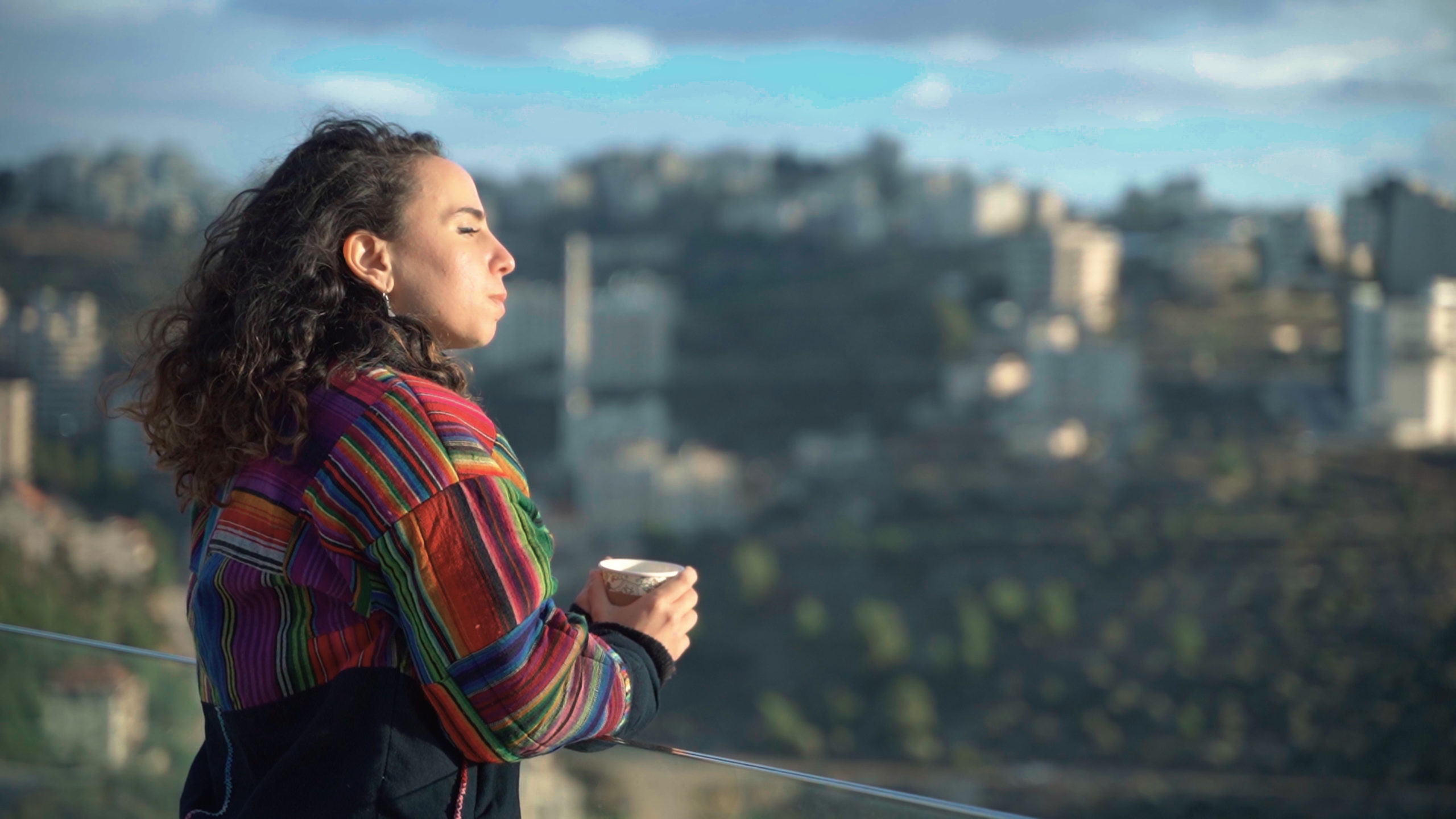


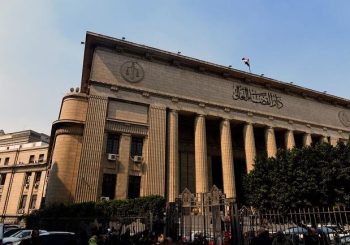
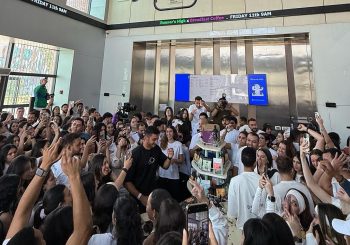
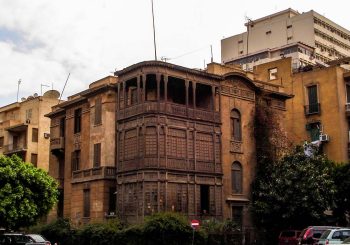
Comments (3)
[…] ‘She Was Able to Close Her Eyes’: Palestinians Cultivate Inner Peace in a War-Torn Society ‘Barbenheimer’ is Coming to Egypt […]
[…] Source link […]